Moonsund. Part of 1
In operational terms, for the Germans, the Moonsund operation is an amphibious operation to seize the islands of the archipelago. The strategic goal of the operation was to seize the Gulf of Riga - the most important promising bridgehead. In addition, having captured the islands, the Germans deprived the Russian command of the opportunity to use their Aviation in the Gulf of Riga (airfields were mainly on the island of Ezel) and provided the coastal flank of their 8th army from any surprises.
The German fleet was so stronger than the Russian Baltic fleetthat no operational and tactical art of the latter could balance his chances in an open struggle at sea. Based on the balance of forces, the Russian naval command built its plan of war on the Baltic theater of operations on the concept of defense of the most dangerous operational areas for Russia using positional fighting methods. The narrow Gulf of Finland and the entrances to the Riga and Gulf of Bothnia gave the opportunity to block them with mine-artillery positions. By themselves, these positions could not prevent the breakthrough of the enemy fleet, but they hindered the maneuvering of the enemy, allowed the Russian naval forces to act on the flank of the enemy breaking through the minefields.
By the spring of 1916, the following were created: 1) The central mine and artillery position on the Nargen-Porkallaudd line; 2) An advanced mine-artillery position consisting of a minefield between Gangeudd and Takhona metro station (the northern tip of Dago Island - its flanks were to be protected by batteries on Russare Island, south of the Gangeudd metro station) and on. Dago (in M. Takhon); 3) Abo-Oland fortified position (closed the entrance to the Gulf of Bothnia) and 4) Moruzund fortified position (along with the minefields in the Irbensky Strait, it protected the entrance to the Gulf of Riga).
The forward position allowed the forward deployment of the Baltic Fleet to be advanced from Helsingfors to the west. A special place in the defense system was occupied by the Naval Forces of the Gulf of Riga, which included, in addition to the outdated battleship Glory, several cruisers and almost the entire Mine Division of the Baltic Fleet. The main operational task of this group was to defend the entrance to the Gulf of Riga through the Irbensky Strait - the northern flank of the minefield was secured by the Moonsund position, and the southern flank rested against the coast of the Gulf captured and fortified by the Germans.
Mastering the Gulf of Riga - one of the most important tasks of the German forces during the military operations in the Baltic States in the summer of 1915 It was then that the German navy Irbe operation was carried out. But the breakthrough of the German fleet in the Gulf of Riga did not reach the main goal - the destruction of the Russian naval forces in the Gulf. The main objective of the Irben operation — retaining supremacy in the bay to assist the troops of the coastal flank of the German Neman army — was also not achieved. However, the enemy owned the coast as a base for the deployment of subsequent combat operations.
The entire set of mine-artillery positions created by the Russian command for the summer of 1916 in the Baltic theater of operations, was a single powerful fortified system centered on the Forward Position (with the main forces of the Baltic Fleet deployed on it) with the positions of the Irben Strait and Olandsgaf deployed on it. (which should have been auxiliary parts of the fleet). The central and rear positions ensured the stability of the defense system and ensured the reliability of the defense of the sea approaches to Petrograd.
The combat stability of the Russian mine-artillery positions largely depended on the competent and active maneuvering of the naval forces of the fleet. The weakest links of the system were the flank positions - Irbenskaya and Olandsgafskaya: they had only one flank adjacent to their coastal fortifications (the other flank of the Olandsgaf position went out to the Swedish territorial waters, and the southern flank of the Irben position rested against the Kurland coast occupied and fortified by German troops ). Under cover of coastal batteries, German ships could move freely along the Courland coast - only in 1917, after the 305-mm battery was installed on Cape Tserel, which covered the entire width of the Irben Strait with fire, the German minesweepers in the fairway along this coast were hampered.
The Moonzund fortified position was an important element in the Russian defense system in the Baltic - it constituted an intermediate link between the Irben and the Forward positions. The possession of Moonsund provided communications in the Gulf of Riga, made it possible to successfully defend the Irben Strait, as well as assist the flank of the Northern Front, ensured freedom of maneuver in the Baltic theater.
The main vulnerability of the Moonsund position is the availability of enemy troops (almost the entire coast favored a landing), which the enemy in the 1917 campaign did not fail to use. The islands of Ezel and Dago, the entrances to the coves of Tagalakht and Leo, Soalosund were not sufficiently protected. The most vulnerable spot of the archipelago was Soalosund - the strait separating the largest (Dago and Esel) islands and leading from the Baltic Sea to Moonsund. On the island of Ezel, just before the entrance to the strait, there were two of the largest bays — Tagalakht and Mustelgam — convenient for a large fleet.
Accordingly, the main burden of the defense of the islands lay on their garrison, which was insufficient both in quantitative and qualitative terms, and by the autumn of 1917, it was also decayed morally and psychologically. Blog for mine-artillery positions of the Russian fleet presented himself as a serious fighting force, capable at any time to go to sea to attack and how to make sea transport, and landed troops on the enemy. But, on the one hand, its combat capability was also undermined by revolutionary events, and on the other hand, having, thanks to the Kiel Canal, the ability to transfer ships of any class to the Baltic, the Germans concentrated large forces and assets from the Open Sea fleet at the start of the Morundum operation.
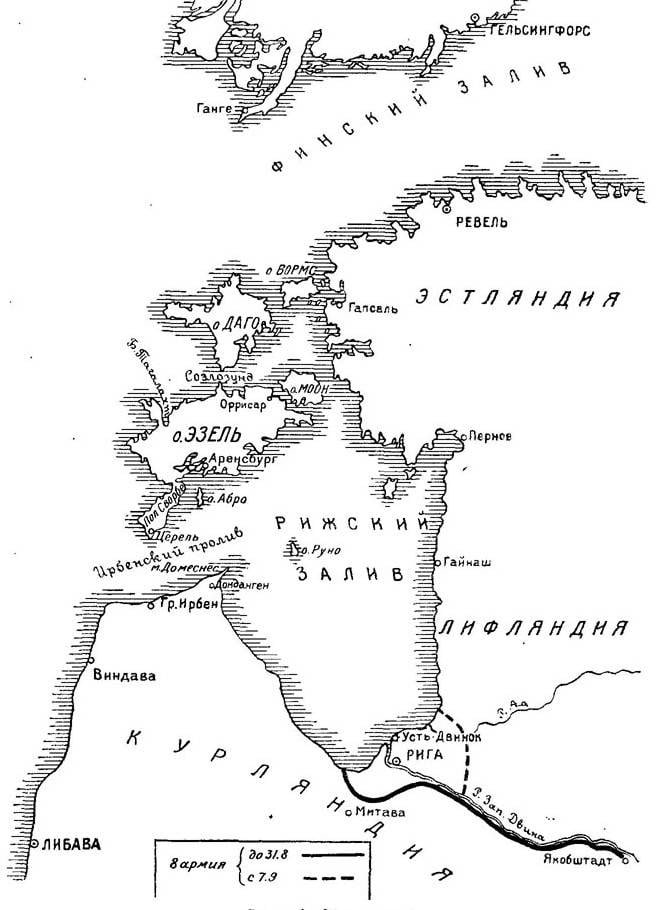
Scheme of the Moonsund area of operation.
The Germans engaged more than 300 ships, 102 aircraft (94 was based on the St. Helena airbase and nearby airfields plus 8 seaplanes in the 16 squadron), before the 25000 airborne people (23-x of the reserve corps, 42 and 77 control corps, 2 and 40 of the landing force (80-X reserve corps, 220-I and 1917 of the airborne squadron) infantry divisions, 1937-I Samokatnaya brigade) at 28 guns, mortars 29, XNUMX machine guns [Chishvits A. von. Capture of the Baltic Islands by Germany in XNUMX, M., XNUMX. C. XNUMX-XNUMX]. The landing force was taken to transport in Libava.
As part of the group operated: the battle cruiser Moltke, 10 newest battleships (3-I and 4-I squadron - the battleships Bayern, Koenig, Grosser Kurfyurst, Kronprinz, Markgraf; Friedrich der Grosse "," Koenig Albert "," Kaiserin "," Prince Regent Luitpold "," Kaiser "), 9 light cruisers (2-I and 6-I reconnaissance groups -" Koenigsberg "," Karlsruhe "," Nuremberg "," Frankfurt "," Danzig "," Kohlberg "," Strasbourg "," Augsburg ";" Emden "was the flagship of the mine-carrying compound), over 100 destroyers and destroyers, 6 submarines (Kurland fleet) and more 100 auxiliary vessels (transports, minesweepers, powerboats, etc.). Vice-Admiral E. Schmidt commanded the naval "Detachment of Special Operations", and the landing corps was General von Katen.
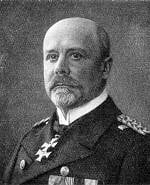
2. E. Schmidt
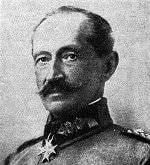
3. von Caten
4. German battleship dreadnought "Prince Regent Luitpold"
5. 280-mm guns of the Moltke battle cruiser.
The naval forces of the Gulf of Riga included: the outdated battleship 2 (Citizen and Glory), the old cruisers 3 (Admiral Makarov, Bayan, Diana), 12 new destroyers (like Novik) and the old 14 destroyers: 4 (“General Kondratenko”, “Border Guard”), 5 (“Horseman”, “Amurets”, “Finn”, “Moskvityanin”, “Emir of Bukhara”), 6 (“Regent”, “Don Cossack”, “Zabaykalets”, “Military”, “Ukraine”, “Turkmen Stavropol”, “The Terrible”), 11 (“Winner”, “Zabiyaka”, “Thunder”), 12 (“Desna "," Samson "," Lieutenant Ilyin "," Captain Izylmetiev "), 13 th ("Avtroil", "Constantine", "Izyaslav", "Gabriel") destroyer divisions, the destroyer "Novik", 3 British submarines (S-26, S-27, S-32), 3 gunboats (" Khivinets "," Brave "," Threatening "), auxiliary vessels (around 100). During the operation, reinforcements arrived, including several destroyers.
6. The battleship "Glory" in the parking lot
Accordingly, the Germans, concentrating forces that were many times superior to the Russians both quantitatively and qualitatively, guaranteed an unconditionally successful outcome for themselves. The superiority of the enemy was overwhelming.
For the Russian side, the situation was aggravated by a number of adverse circumstances. The first is technical. So if large ships of Naval forces of the Gulf of Riga state mechanisms have been relatively satisfactory, the destroyers and smaller vessels were so "frayed" that their material often require permanent bulkheads and patch. The forces of the Gulf of Riga, as well as the entire fleet in the city of 1917 because of poorly completed repairs and the almost complete absence of ongoing monitoring commanders of the technique, was in much worse condition than before.
Describing the Russian defensive positions, it should be noted that the rare minefields exposed on the approaches to Soalosund and at the bays could not serve as a serious obstacle for the enemy. There was virtually no full-fledged mine position in the Irben Strait. The bulk of the coastal batteries were not camouflaged, and the largest hydropower station was located near the Tagalakht bay - under the possible blow of the enemy.
Coastal batteries numbered 39 (caliber 47-305 mm), but half of them - anti-aircraft. The battery personnel was of the order of 1,5 thousand people [Pukhov A. S. Morezundsky battle. L., 1957. C. 40].
The main defense force of the Irbensky Strait is 305-mm battery No. 43 at Cape Tserel. But the battery had a limited sector of fire, and from long distances with four guns it was impossible to inflict serious damage on the enemy. The battery was very vulnerable to fire from the sea, in particular from Leo Bay.
7. 305-mm battery tool No. 43 at Cape Tserel.
8. The dislocation of the Russian batteries in the Moonsund Islands.
Naval aviation (4 bus station) consisted of 36 aircraft [Kosinsky A. M. Moonsund operation of the Baltic Fleet 1917 of the year. L., 1928. C. 41].
The second unfavorable circumstance is moral and political. The morale of the island garrisons (units of the 107 and 118 infantry divisions, border guards, sappers — 15 battalions and 5 squadrons) left an imprint of the total decomposition and fall of discipline in the Russian army (after the revolutionary events of February 1917 and spring-summer ” deepening the revolution "), distrust of the officers, the intervention of the committees in all aspects of the conduct of military operations.
Not the best was the condition of the fleet personnel. Often there were cases of non-execution of orders, including combat.
To all the negative factors was added the fact that people in units of subunits were already tired and demoralized by air raids before the beginning of an active enemy operation. So, September 5, another raid on the Tserelsky battery led to a fire and an explosion of cellars. Colonel K.V. Loman, Lieutenant Colonel Maklyutin and some other 120 artillery and infantrymen died.
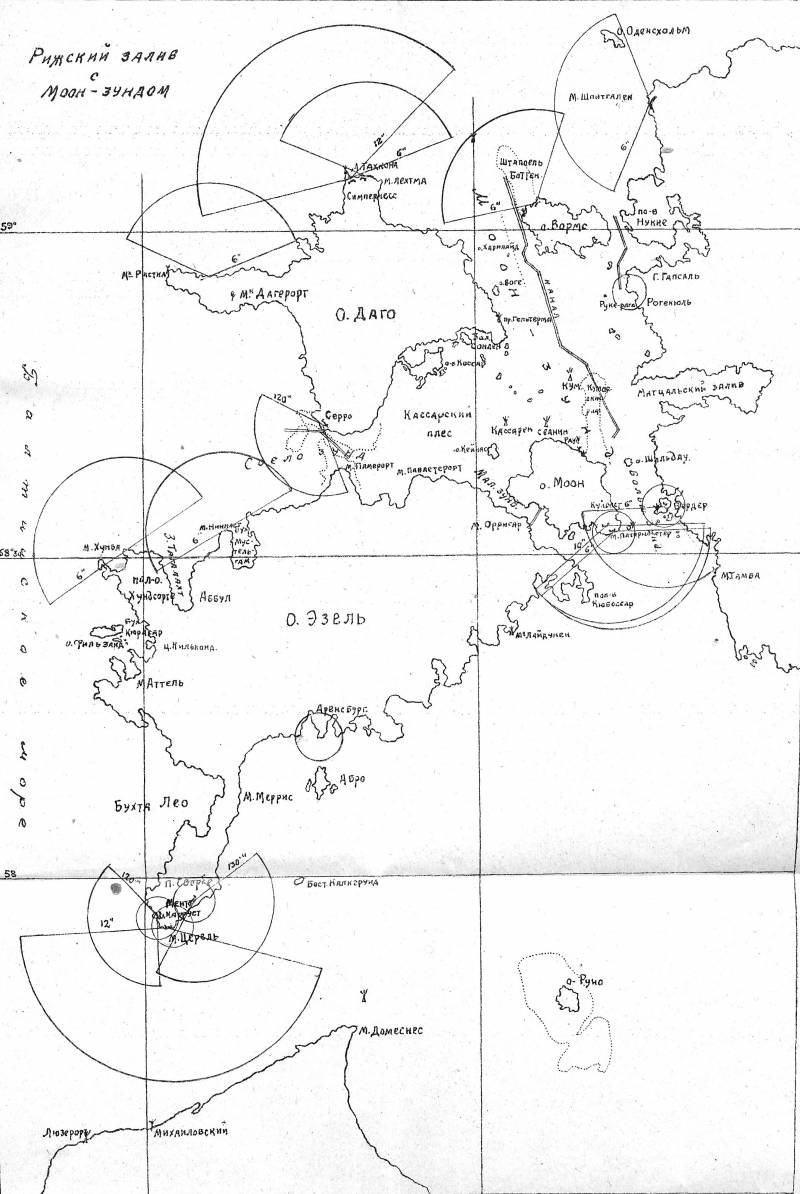
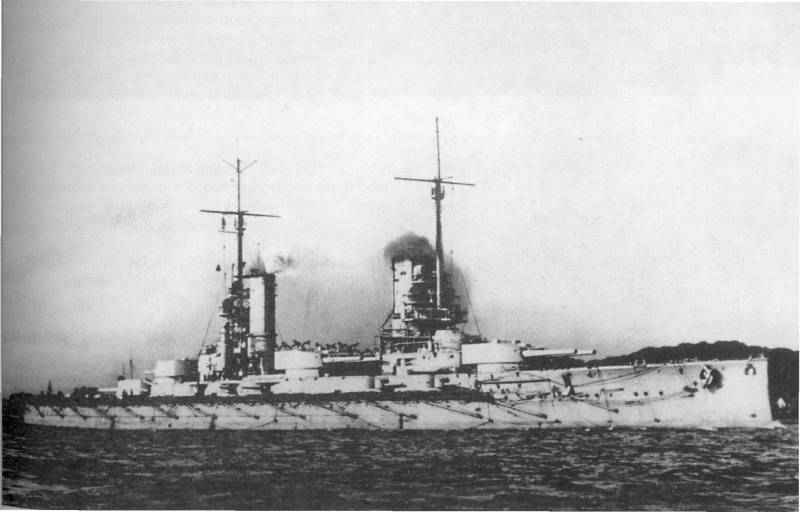
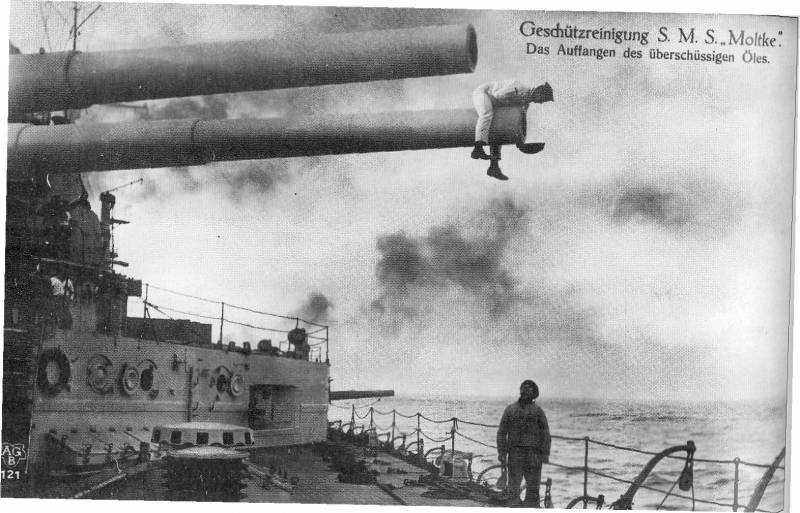
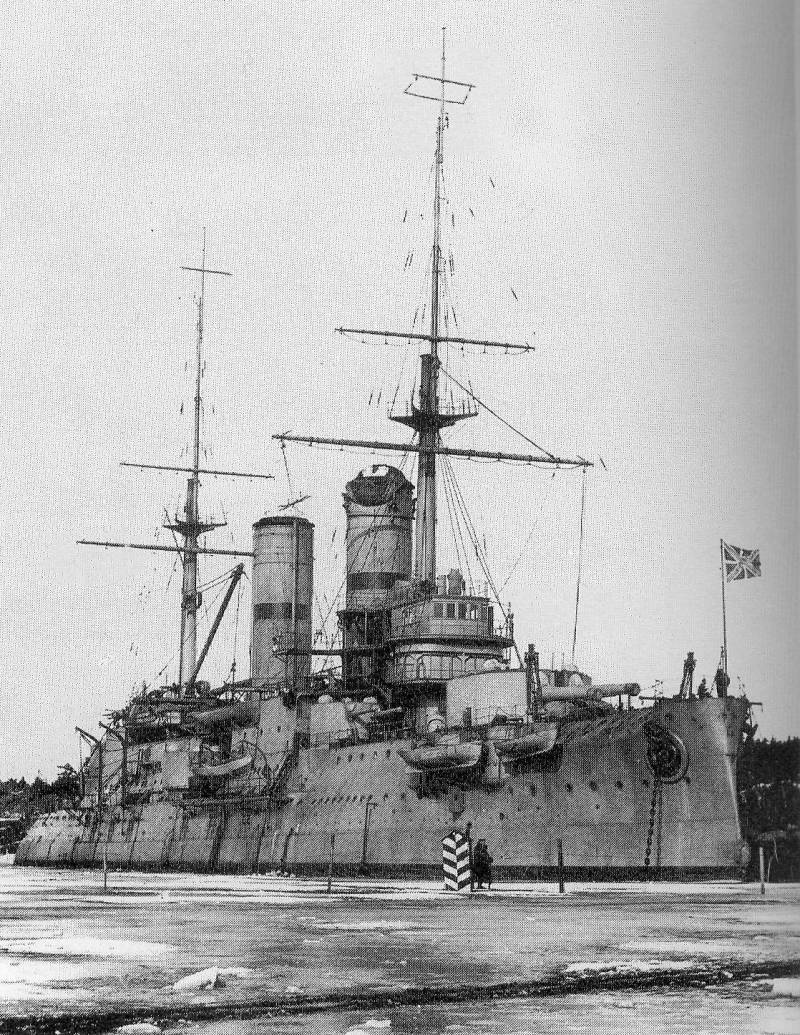
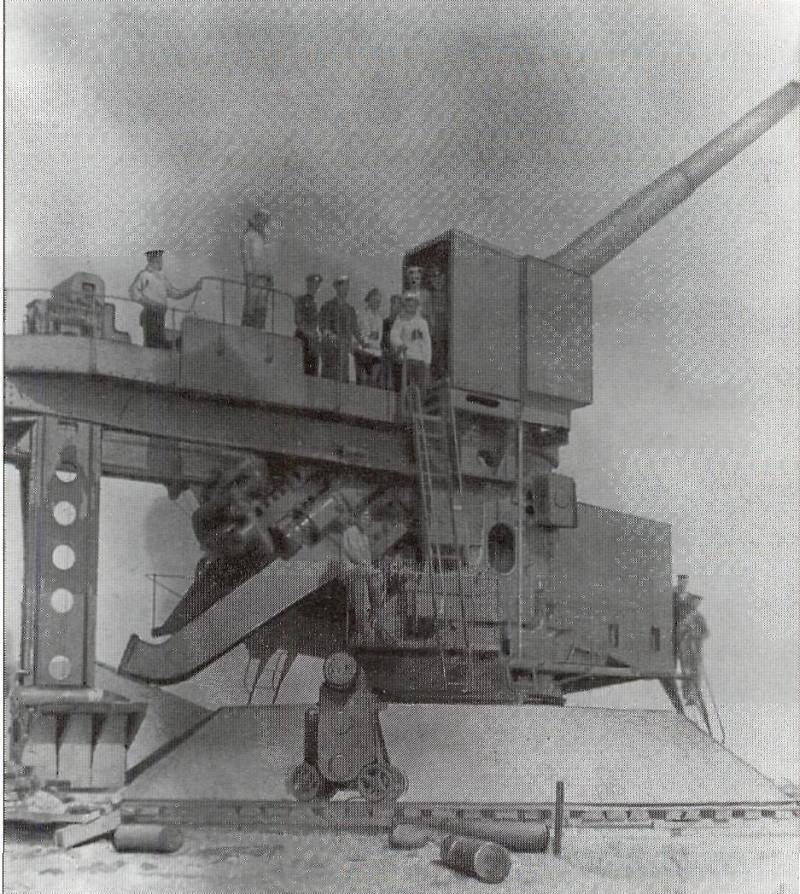
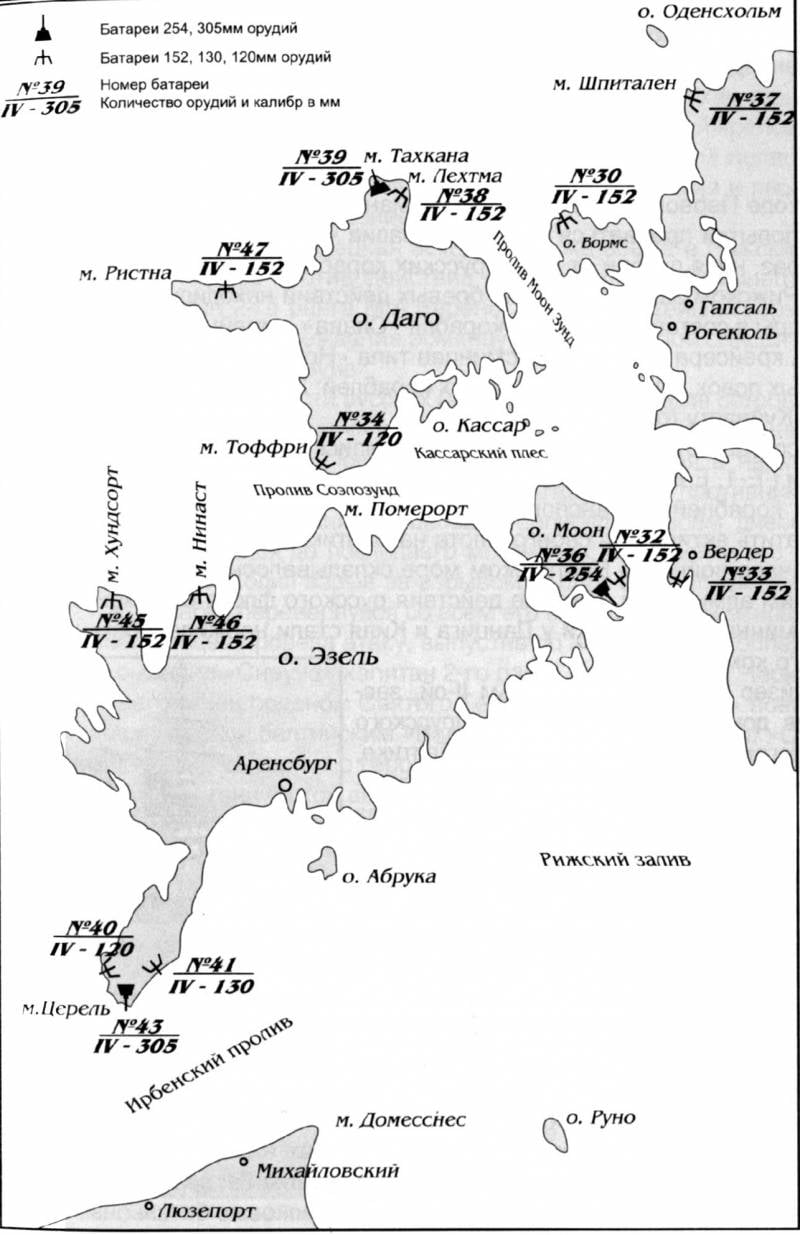
Information